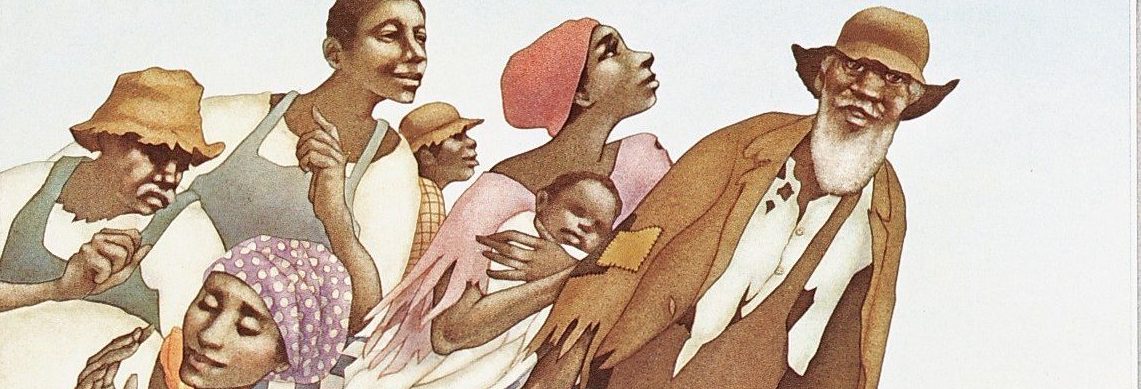Two Sundays, two documentaries and two very satisfactory movie experiences.
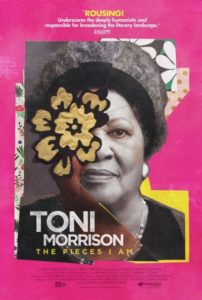 The first was Maiden at The Moviehouse in Millerton, NY. The second Toni Morrison: The Pieces I am at Upstate Films in Rhinebeck. And before say anything about either film I have to comment on the pleasure of film-going at Indy cinemas like these.
The first was Maiden at The Moviehouse in Millerton, NY. The second Toni Morrison: The Pieces I am at Upstate Films in Rhinebeck. And before say anything about either film I have to comment on the pleasure of film-going at Indy cinemas like these.
Two recent movie going experiences at large multiplexes in Manhattan had me vowing to avoid a return visit at all costs. The films we saw were fine – especially the entertaining Booksmart – but the actual experience was akin to cultural water-boarding.
The seats were plush and comfortable but the sound level during the advertisements was painful and every one of the booming trailers for films had me knowing for sure I would not be seeing any of them. Useful information but I don’t need to be deafened to get it. Each seemed to involve technological feats accompanied by explosive whooshing and small arms fire. In one of the theaters – in Chelsea – the sound stayed at pain level throughout the feature film – At Eternity’s Gate about Van Gogh. I put my hands over my ears. Is everyone going deaf?
At The Moviehouse and Upstate by contrast, the whole movie going experience is … well… civilized. (Am I sounding like a proper old superannuated curmudgeon yet?)
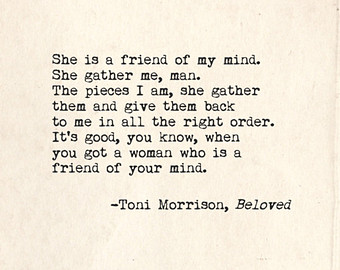
The title of the Toni Morrison film is taken from Beloved and the poster is a collage portrait by Mickalene Thomas. The opening sequence is a stop-go montage of pieces of portraits over time. It’s a metaphor for the film which is – as the title suggests – a collage of Morrison’s life, work and cultural significance. Stories, images, interviews – fragments, anecdotes, shards, pieces – are layered on to create a non-linear quilt of a life.
Art and images of all kinds are there to add depth and breadth to the story. Hundreds of them. Morrison’s grandfather was proud of the fact that he had read the entire Bible five times. When the memory is of a time when to be literate and to teach reading to slaves was a crime, this becomes an act of rebellion and resistance. This photo is used to accompany Morrison’s telling of the story. I have been unable to track the photographer.
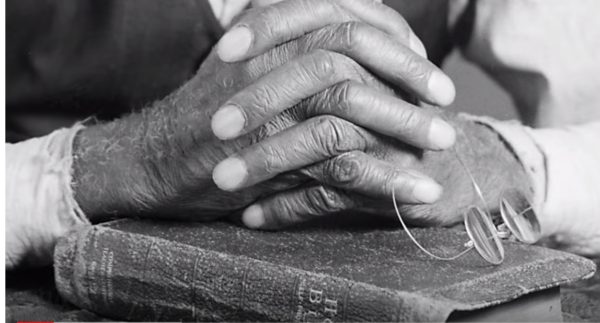
Whose History?
Look what’s behind and beneath the surface of the portrait of Thomas Jefferson. Think what is behind and beneath the story of America.
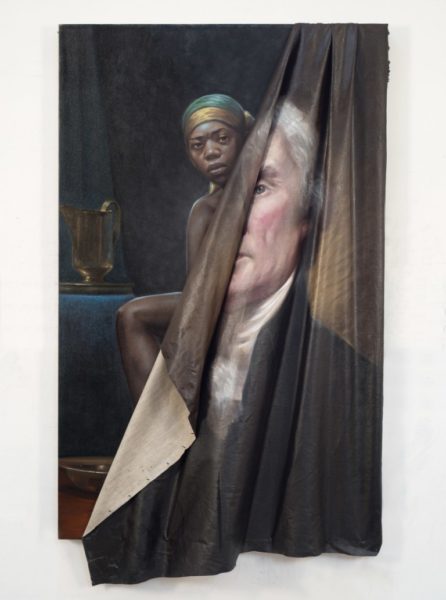
The film is rich with hundreds of images of all kinds. What I’ve done here is to track a few of them down. A few I recognized and some I have even seen in NYC – the Jacob Lawrence Migration series and Kerry James Marshall’s Mastry paintings for example.
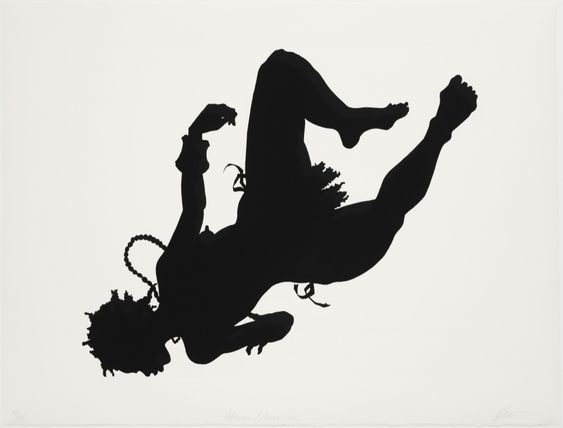
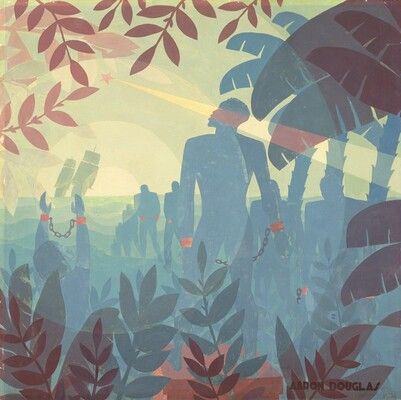
American, 1899 – 1979
Into Bondage
1936
Morrison relates the story of her sharecropper grandparents and the decision to move north (“white boys were circling”) from Alabama to Lorain, Ohio where she was born in 1931. Her mother was a domestic worker, her father a welder who took a second job to pay for her college. That personal journey was part of a bigger cultural story. Images from Jacob Lawrence’s the Great Migration series are there to show how it was.
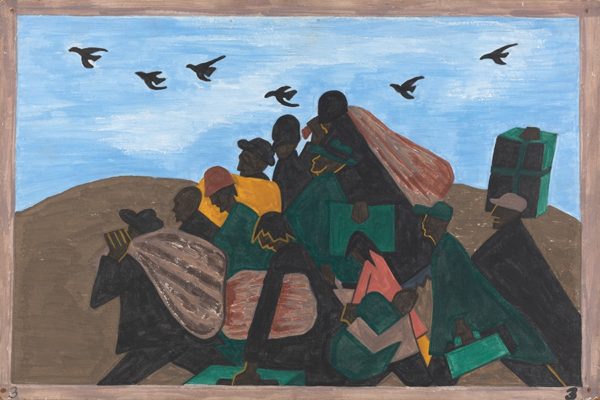
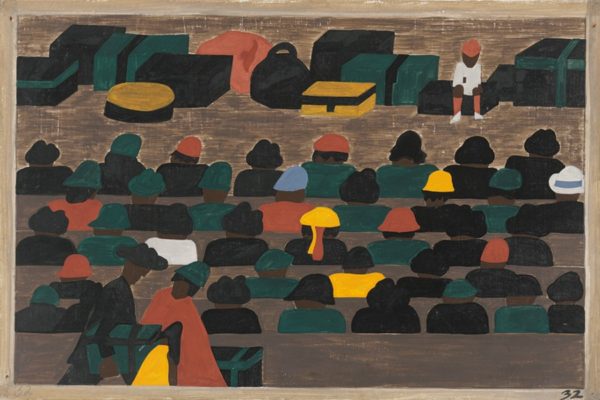
1940–41
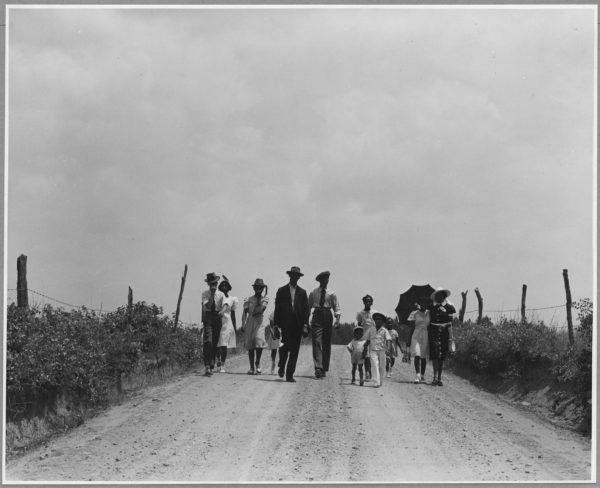
Invisible Man. “Invisible? Invisible to whom?”
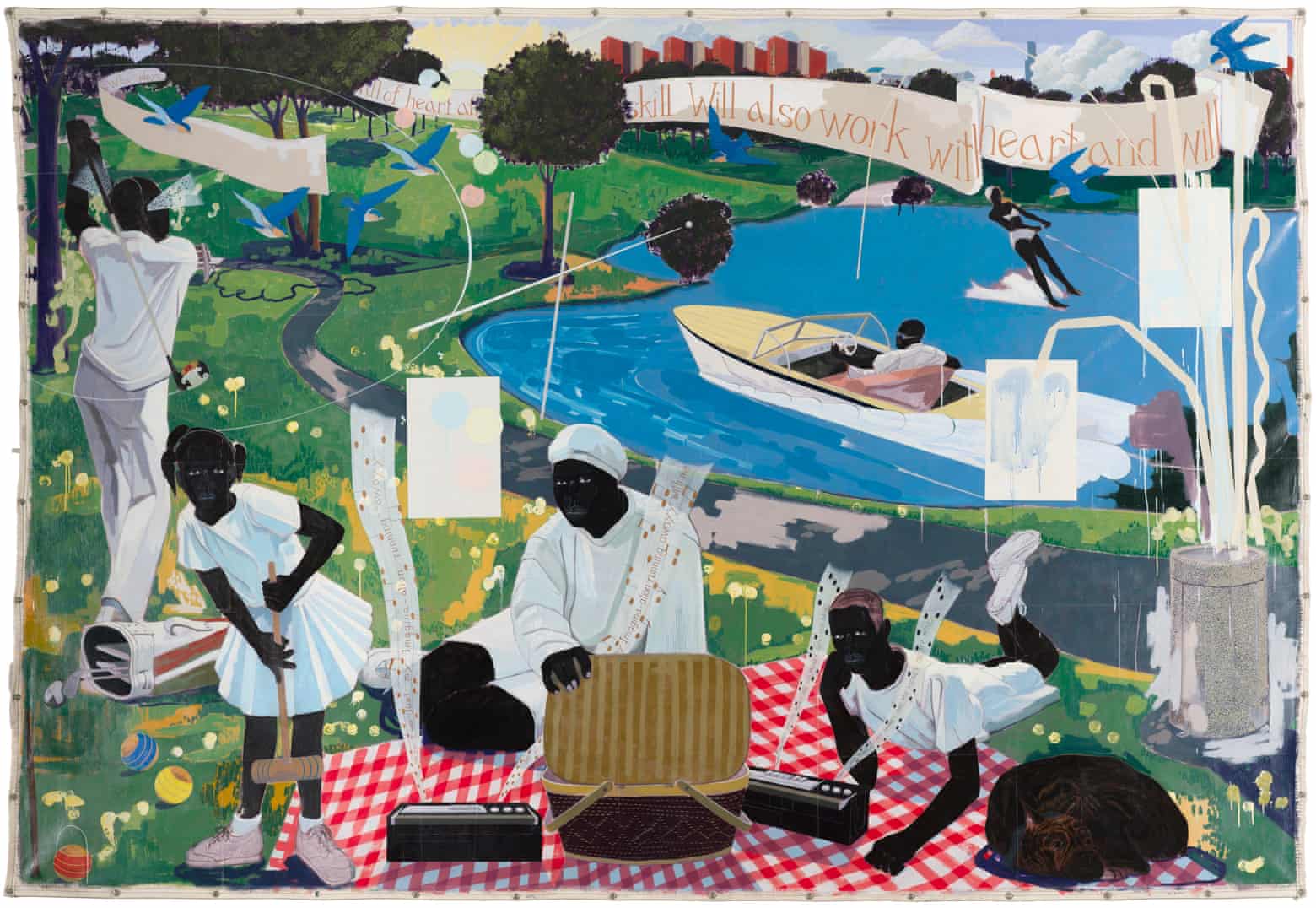
Marshall’s painting here are black people in plain sight doing ordinary recreational things – playing golf and croquet, boating, water ski-ing and having a barbecue picnic. It’s a painting of the ordinary on a grand and epic scale. It is both ordinary and, to the white gaze, jarring – here are black lives mattering just like middle class white lives. Who knew? And you think – why is that startling? And then you get it.
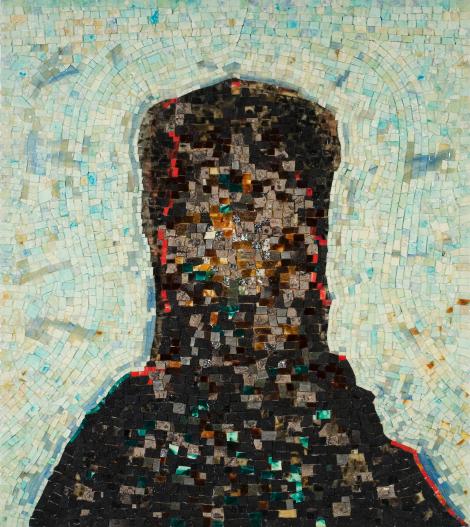
Black Monolith, II: Homage To Ralph Ellison The Invisible Man
1994
White and Colored
Morrison went to Howard University in Washington DC and when she found the signs of racial segregation she stole them and sent them home to her mother. She found the color classifications at college absurd. She also learned to make a killer carrot cake and this becomes a little running thread of humor through the film. Morrison laughs. A lot.
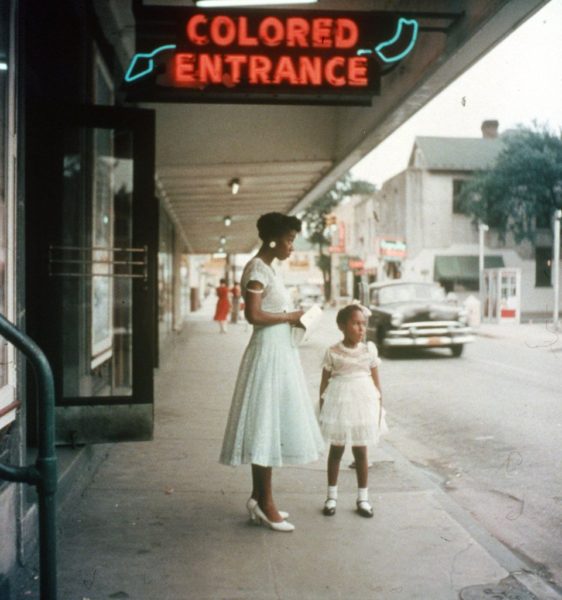
“No one took a “little Black girl” seriously
After Howard and then Cornell Morrison returned to Howard to teach. It was then that she began writing a story about a little black girl, Pecola Breedlove, who wanted blue eyes.
Growing up in Lorain she remembered discussing with a friend about whether there was a God or not. “I said there was, and she said there wasn’t and she had proof: for two years she had prayed for, and not been given, blue eyes.”
And she wondered where does such profound self-loathing come from?
The Bluest Eye 1970 was her first novel, published while Morrison was an editor at Random House.
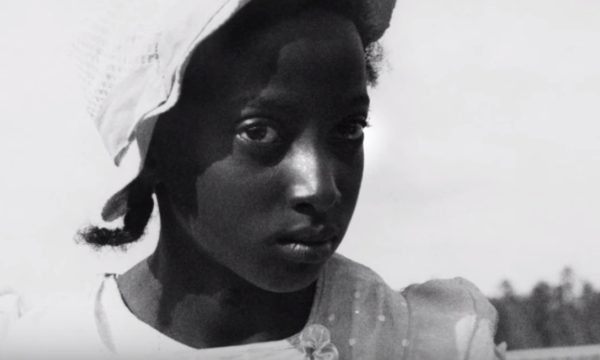
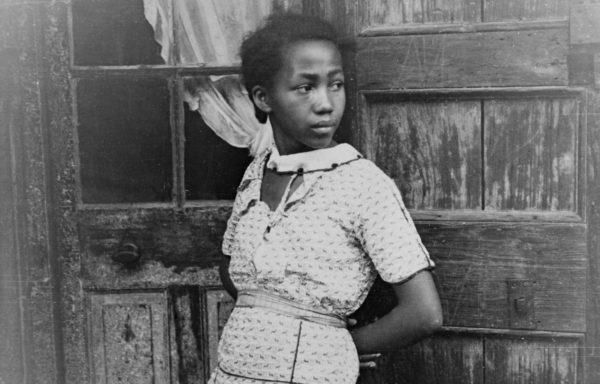
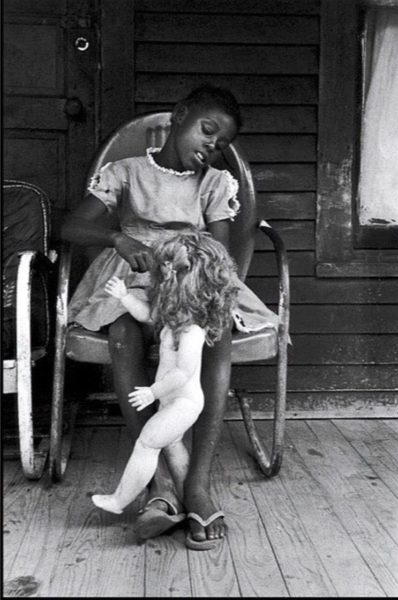
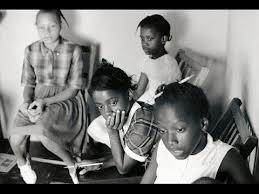
One edition of Sula 1973 uses this Lois Mailou Jones painting on the cover.
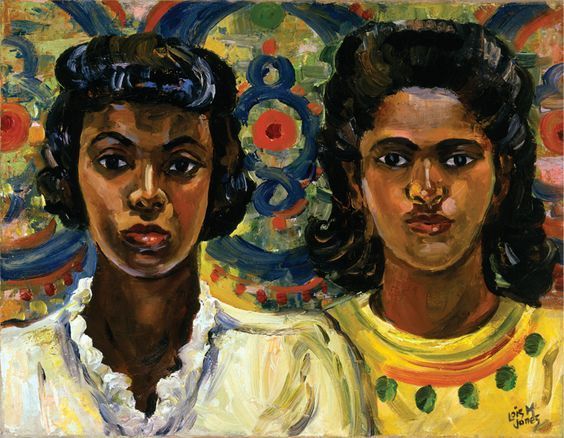
Morrison was a senior editor at Random House throughout the 1970s, She discovered, championed, edited books by Gayl Jones, Toni Cade Bambara, and Bettie Wysor.. She also persuaded Angela Davis—then 28—to write her autobiography. She edited and worked with Muhammed Ali.
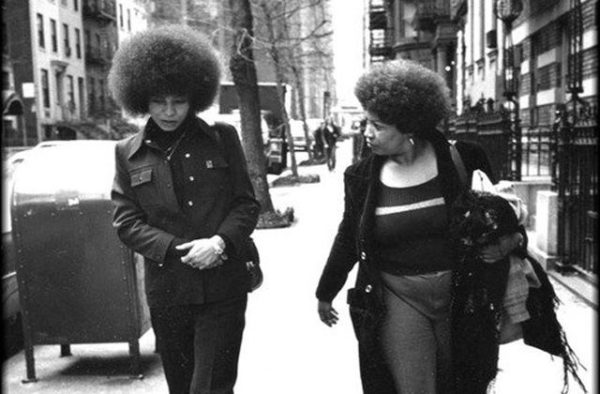
Image: Jill Krementz
Song of Solomon (1977) was a best seller. In 1982 she left her editing job to devote her time to writing and teaching. She’s professor emeritus at Princeton University, where she often told her students, “I know you’ve been told, ‘write what you know.’ I don’t want you to do that. You don’t know anything.”
In 1974 Morrison completed assembling and published The Black Book, a kind of compendium scrapbook of Black History. She received a letter from a man in prison who had read the book. “Somebody had given him a copy, and he wrote to say thank you. And then he said, ‘I need two more copies, because I need one to pass out to other people, and I need another one to throw up against the wall. And I need the one I have to hold close.’”
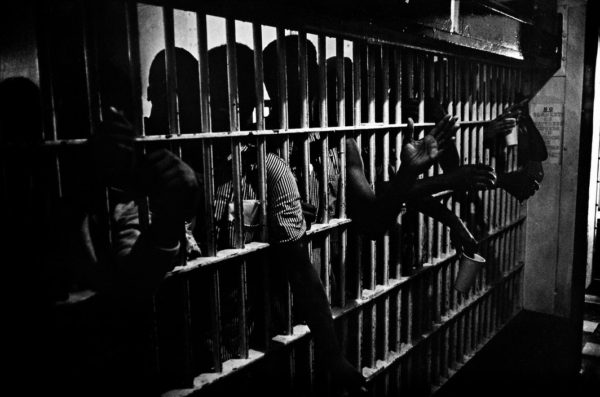
The Black Book includes the newspaper clipping of the story of Margaret Garner who killed her own children rather than have them return to slavery. This was the kernel of the idea for Beloved for which Morrison won the Pulitzer Prize in 1987.
Morrison did not research the story further but drew on her imagination to create the searing story of Sethe and her daughter Denver.
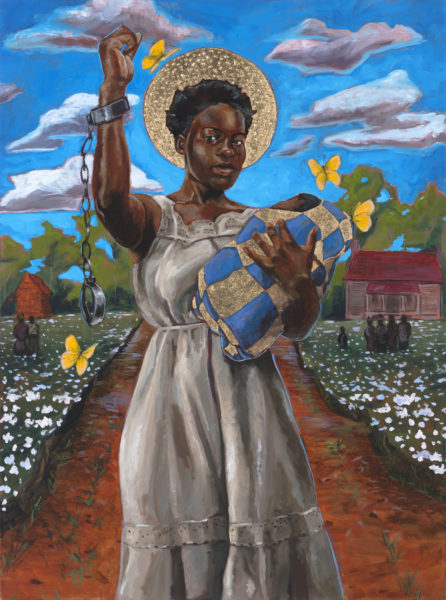
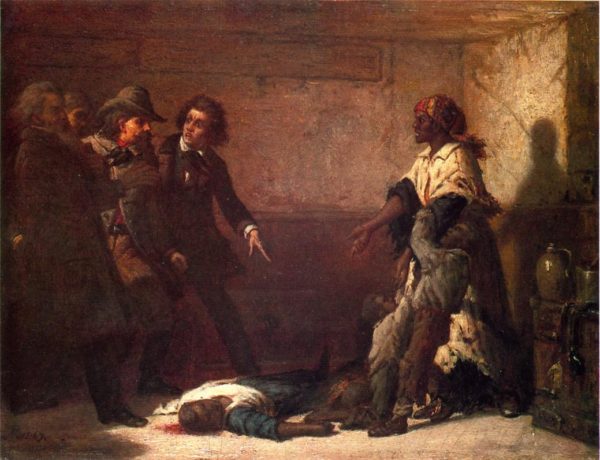
Thomas Satterwhite Noble.
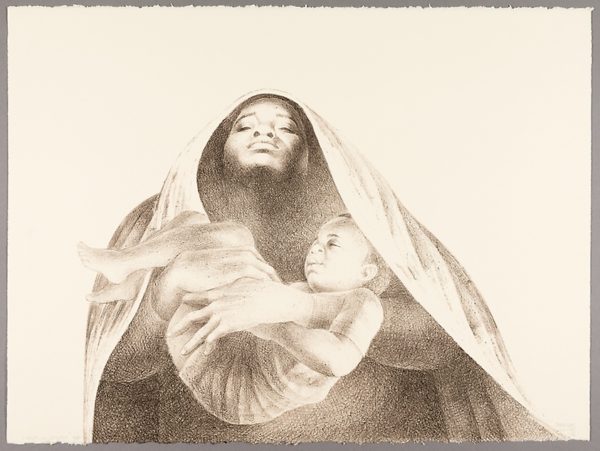
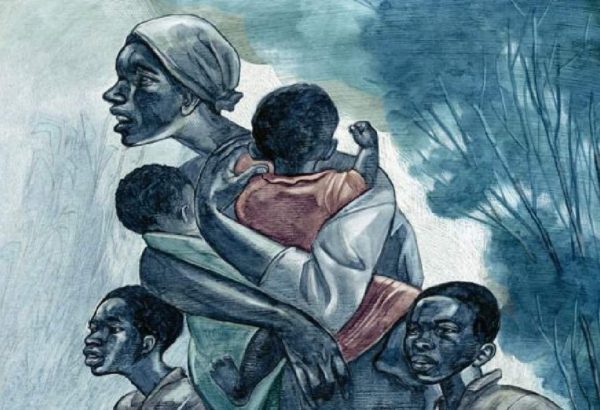
The film is not linear and the components of her life are layered as the chronology weaves back and fro. It uses hundreds of archival photos and video clips as well as interviews and the art work is used as the thread to stitch them together. And when the camera dwells on a piece of art or an image the story is enriched. Each brings another element to the story, a cultural resonance or historical significance. The art works make connections, provide transitions, and, presented without commentary, speak for themselves.
In a review in the NYTimes A.O.Scott wrote: “If you want a thorough documentation of everything Morrison has done and everyone she knows, there’s always Wikipedia. But if you’d prefer an argument for her importance and a sense of her presence, then you won’t be disappointed.”
This has been a partial mention of the art work in the film. Other artists include: Romare Bearden, Elizabeth Catlett, David Hammons, Rashid Johnson, Martin Puryear, Faith Ringgold, Lorna Simpson, Hank Willis Thomas and Mel Waters. I would have to see the film again (and again) to begin to identify all of them.
The People Could Fly
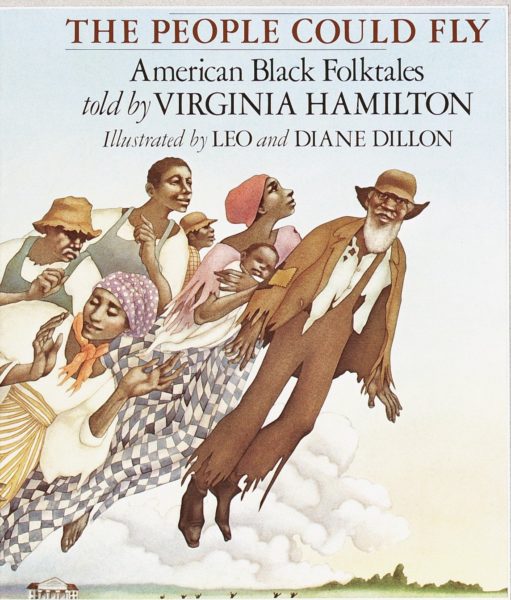
Here’s the trailer
“The ocean’s always trying to kill you,”
Oh and the other film… Maiden? It too is wonderful. It’s the gripping story of the all-women crew that broke all kinds of boundaries by competing in a nine month round the world yacht race. Go see it.
